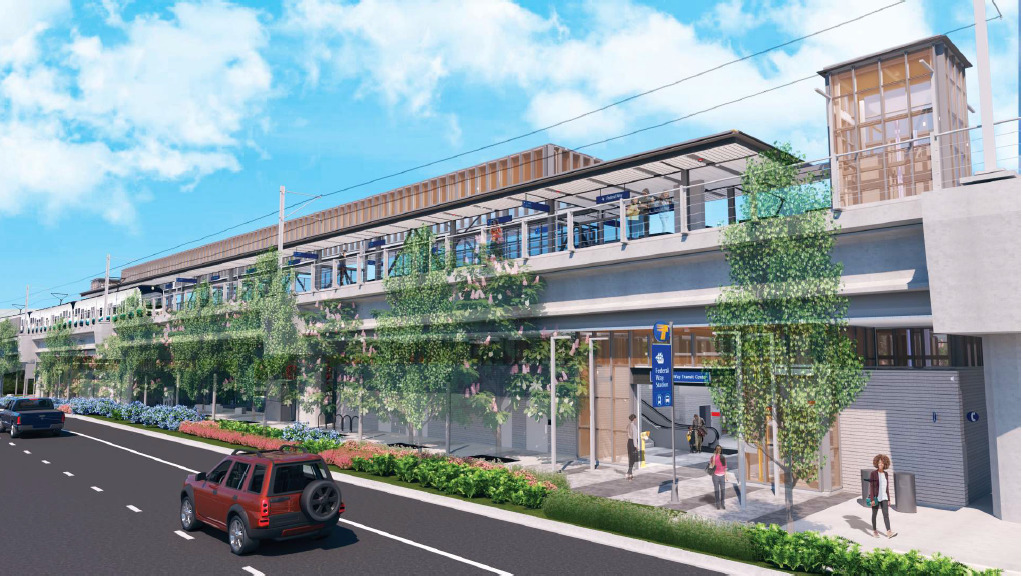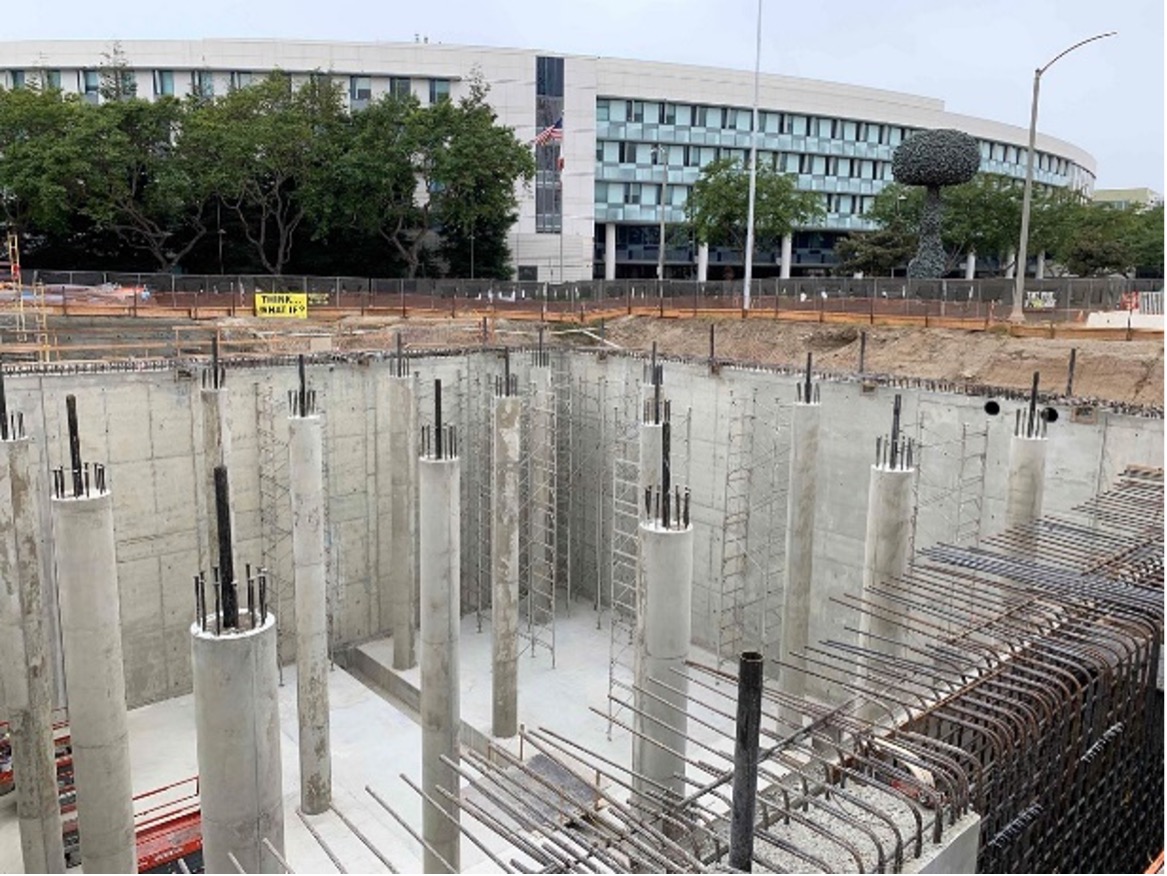LIGHT RAIL TRANSIT INFRASTRUCTURE: Federal Way Link Extension
16-May-2024
 Project expands light rail from Seattle-Tacoma International Airport to Des Moines, Kent, and Federal Way
Project expands light rail from Seattle-Tacoma International Airport to Des Moines, Kent, and Federal Way
Seattle, Washington and Washington, D.C. – The Federal Way Link Extension (FWLE) project has earned an Envision Platinum Award from the Institute for Sustainable Infrastructure (ISI). This recognition, the highest possible Envision award level, was received for the project’s achievements related to sustainable transportation, mobility and access, stakeholder engagement, infrastructure integration, and multiple other areas of sustainability. FWLE is only the seventh transit project in the U.S. to earn Envision Platinum.
The project extends light rail transit service 7.8 miles further south into King County and is part of a larger transit expansion in the Seattle metropolitan area, recognized as one of the most ambitious in the nation at present. FWLE demonstrated through its submission how the project responds to the specific needs of both host and adjacent communities to support sustainability, equity, and resilience.
Quotes
“This award is a testament to Sound Transit’s long and deep commitment to sustainability and to the high levels of collaboration achieved with our project partners during challenging times,” said Sound Transit Chief Executive Officer Goran Sparrman. “We are proud of this achievement and look forward to many more sustainability milestones as we build public transit that connects our region to the places we live and work.”
“As a global leader in infrastructure, Parsons is transforming the rail and transit sector by providing innovative, tailored solutions that modernize transportation systems and deliver long-lasting, sustainable benefits to our clients,” said Mark Fialkowski, president, Infrastructure North America for Parsons. “Our contribution to the Federal Way Extension project represents Parsons’ combined engineering expertise and enterprise-wide commitment to sustainability. We are honored to be part of the team that achieved this award by creating a lasting, valuable public asset for the region and community.”
“Kiewit is proud to be the design-build contractor for Sound Transit’s Federal Way Link Extension, a project that showcases innovation in sustainable infrastructure. Strong partnerships, particularly with the community, are essential to our success,” said Kiewit Corporation Executive Vice President Doug Glaser. “We would not be able to accomplish what we did without the remarkable people we had on the team, including the 400 local union tradespeople and the 200 subcontractors and suppliers who came together with our construction and engineering staff to achieve a common goal.”
“We are honored to present the Envision Platinum award to the Federal Way Link Extension project, recognizing its outstanding commitment to sustainability, equity, and resilience,” said Kristi Wamstad, ISI’s Verification Director. “This achievement underscores the project team’s dedication to creating a transit system that prioritizes environmental stewardship and social equity while meeting the needs of the community.”
The project in brief
FWLE expands regional light rail south from Seattle-Tacoma International Airport (SeaTac) to Des Moines, Kent and Federal Way in King County, Washington. The route follows Interstate Freeway 5, from Angle Lake Station in the city of SeaTac, terminating at a new station — Federal Way Downtown (FWDS). Studies along the project corridor established the need for reliable, efficient peak and off-peak transit service to connect with the region’s growth centers. The corridor also has a high concentration of transit-dependent populations who need efficient and reliable regional transit connectivity, which FWLE directly addresses.
The line will include at-grade, retained fill, retained cut, and elevated structure guideway types. Construction of interim stations will be necessary, for continuity of service, at Kent/Des Moines, just south of the existing Angle Lake Station, and at South 272nd Street located to the north of FWDS. In addition, a maintenance facility will be constructed adjacent to FWDS to be used for vehicle inspection and interior cleaning. Parking, bus stops, and bike lockers and racks will be provided at the stations and other locations, further contributing to the project’s role in expanding mobility and improving connections to the regional multimodal transportation system. FWLE is forecast to be completed in 2026 and to raise ridership to approximately 29,000 – 34,000 daily riders.

 Santa Monica’ SWIP is an all-underground Advanced Water Treatment Facility and first-of-its-kind to purify wastewater and stormwater for water reuse.
Santa Monica’ SWIP is an all-underground Advanced Water Treatment Facility and first-of-its-kind to purify wastewater and stormwater for water reuse.



